Why do buildings have cracks?
If you walk around your neighbourhood, you will definitely see some buildings with cracks. Ever wondered, what the reasons for the cracks was? There are so many reasons why a building may have cracks, from natural causes to mistakes. Natural causes may include earth tremors, changes in temperature and climate, while other reasons may be trying to cut cost - using inadequate materials, faulty designs, wrong contraction method or using not carefully chosen materials. Effects of weather and wear and tear can also cause cracks in a building.
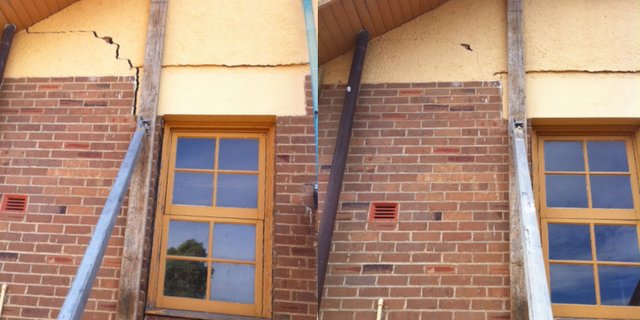
Since there are various types of cracks on buildings, some may be really dangerous (structural cracks) while others may be just minute (non structural cracks). Attention should be given primary to cracks that looks serious, since it may lead to dangers. Such signs should not be ignored, since it can eventually lead to the building collapsing, no one would want to throw some hard earned money away. The earlier the cracks are tackled, the better. Because even some minute cracks may lead to something bigger later.
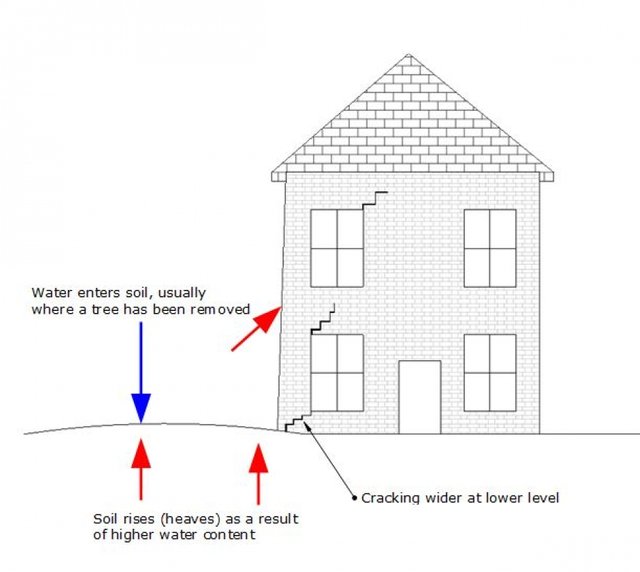
Cracks could appear in walls, mortar plaster, foundation footings, beams, slabs, and joints between between slabs (or beams) and walls. There are primarily two types of cracks; the structural cracks and the non structural cracks. By studying the distribution of a crack and it's pattern, one can determine which of the type of cracks the building has.
Poor workmanship
This is due to the error of made by the builders. It may be involve excessive use of water, inadequate quantity of cement, use of un-graded aggregates, improper curing, and excessive fine materials. When the water used is too much, it causes the concrete to shrink. When excessive cement is used in a mortar mix it tends to crack. During construction, builders shouldn't use ungraded aggregates with fine aggregates and cement, because it will be difficult to ascertain the quantity of water needed.

Temperature Variations
Materials tend to expand when exposed to sunlight and contract in cooler environment. This expansion and contration due to weather can lead to cracks in a building. Environmental changes affects the appearance of a building.
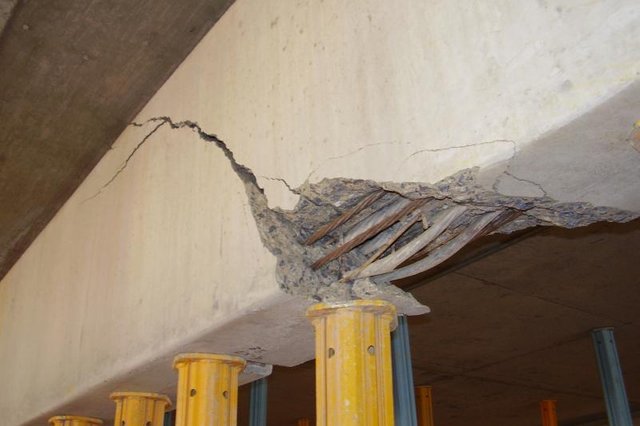
Structural design
Every building has it's structural design. When the specifications in this design are not met or not properly designed, then such errors eventually lead to cracks in the buildings. That is why before a building is constructed, environmental conditions are taken into consideration. To find out the environmental conditions, investigations are taken. Such investigations reveal the kind of soil, direction of the wind etc. When this investigation is not done, cracks may appear.
There are usually two types of structural designs. There is a design for residential buildings and another for industrial buildings. It depends on what the building is being used for, when designing the weight expected to be on the building is taken into cognisance. 's building that has so many machines cannot have the same strength with that with just a family on it. When mistakes are made regarding the strength, or expected weight it can carry, cracks may result.
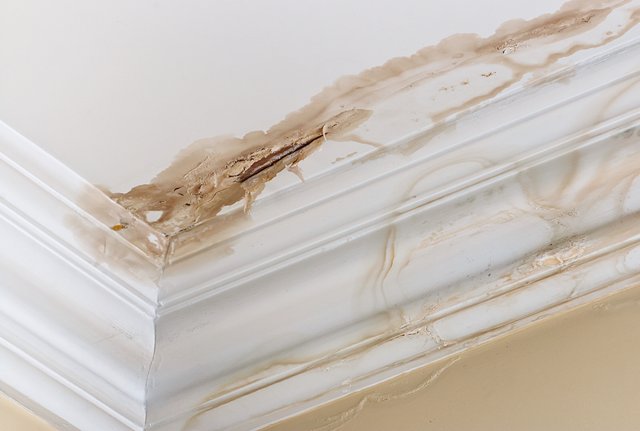
Poor Maintenance
After construction, a building needs to be continously maintained. Due to imperfections, not all building last long before it starts showing some signs of that may lead to cracks. Like leaking roofing materials, may damage the ceilings and cause the walls of a building to get wet. Such roofing materials could be replaced, then fix the damage material that got bad as a result. It is advisable to get a good roofing sheet.
Painting the walls of a building can help make it able to resist some chemical attacks and work against moisture.
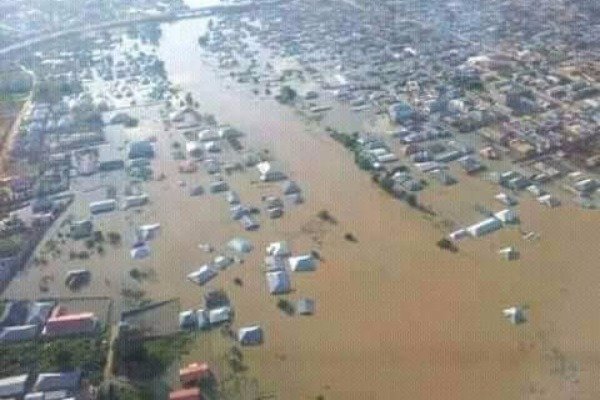
Natural Forces
About two days ago, there was an earthquake in Kodiak, in the U.S. state of Alaska. In Benue, Nigeria flooding is one of the common reasons for cracks in buildings. Flooding soaks the walls of a building for a long time.
Inadequate Building Alterations
Altering the original building plan, either to add or remove a part could cause cracks to be in it. It could eventually leads to buildings collapsing. It is best to consult a professional before thinking of any building alterations.
These are just some of the reasons that causes cracks in buildings in most places. If you feel I missed out something vital, let me know via comments. I am currently taking some Civil Engineering courses in School, so I would be sharing some more articles on the topic soon.
Thanks for visiting :)
References

I am a painter by trade. I'm fixing cracks in walls almost daily!
Never forget...
YOU ARE AWESOME!!!
JGV
You must be an engineer to put up this. Its nice, hearing why buildings crack
Some of these cracks are caused by thermal expansion and when proper calculations are not done before and during construction severe cracks will occur and might even lead to collapse of buildings .. Well written post by the way @jaff8
A good read.
Beautiful Post yet again sir
I think to a very large extent lack of proper design of buildings leads to cracks
Well said @jaff8. Building cracks is very popular around us because of our refusal to follow quality standards especially in the design of our foundations in this part of the world. Tried contacting you on telegram but was impossible...
Splendid!
This is a major issue for buildings in areas that are plagued by erosion. Especially those in rural areas
I pray for better technology to avoid these common cracks. Thanks for sharing.
Very brief post amazing your post always full of knowledge
one of the reason to correct such cracks since you can not break down the house and rebuild is for you to use raw cement i mean wet cement to fill the part that is crack, inadequate materials and good site location are one of the major source of this cracks.
Another issue that needs to be nipped in the bud is the issue of substandard materials. It is a very disppointing matter and has many disadvantages that need to be stopped.